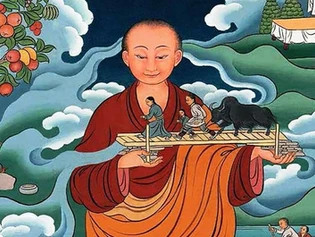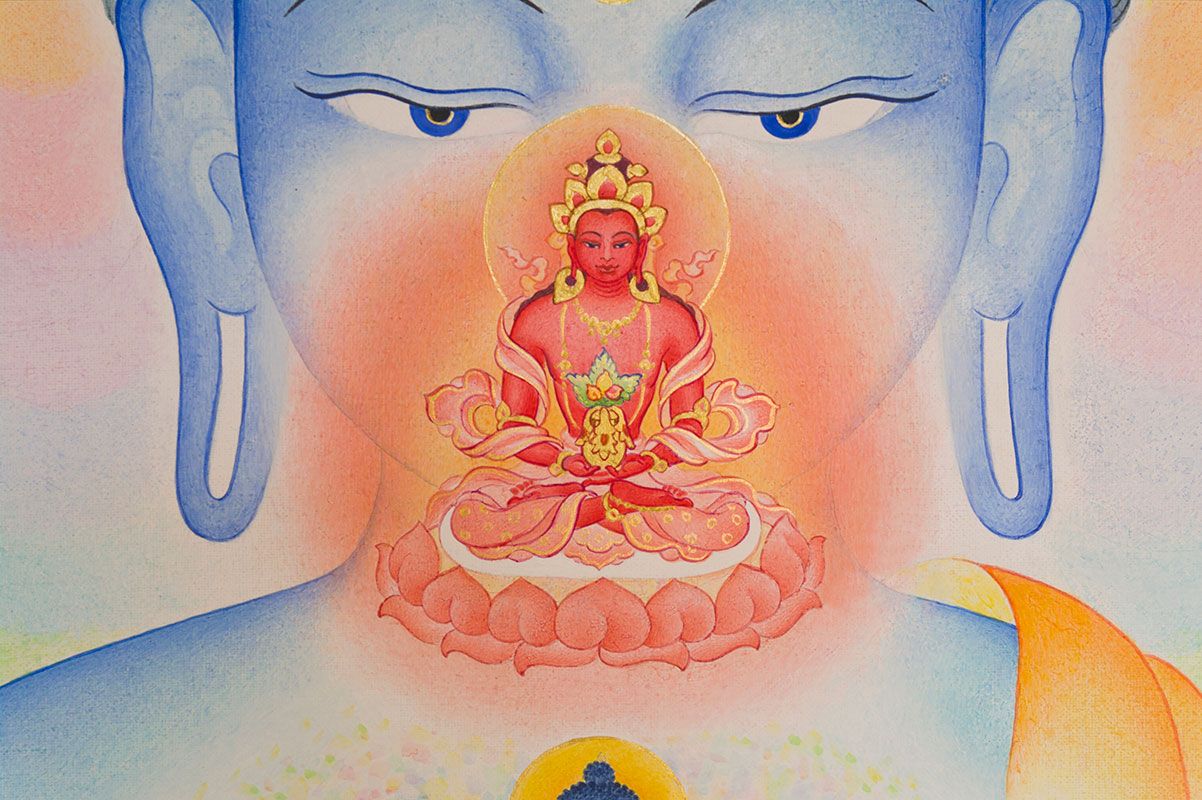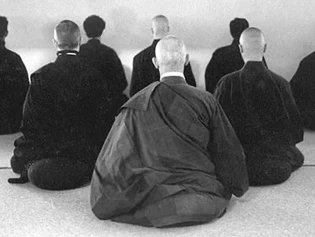By Nagarjuna
Buddhists all agree that there is nothing in reality that is the basis of our sense of “I” and “mine.” They agree that it is our mistaken belief in the existence of something behind this sense of “I” and “mine” that brings about suffering. So they should all agree that reality is characterized by the absence of self. The question is, what is this reality that falsely appears as if it included a self?
To say that the self is identical with the skandha*** is to say that the self is nothing more than these psychophysical elements, in the same way in which a pile of bricks is just the individual bricks.
The argument against the self being identical with the skandhas is simply that since they come into and go out of existence many times over the course of a single life (and likewise over the course of rebirth), one would have many selves over time. This clearly conflicts with our sense of an “I,” for we each take ourselves to be a single entity that endures over time.
One attains release from saṃsāra by ridding oneself of all sense of “I” and “mine”; this leads to an end of appropriation of the skandhas, hence to an end of the processes responsible for rebirth.
All is real, or all is unreal, all is both real and unreal,
all is neither unreal nor real; this is the graded teaching of the Buddha.
What Are the Five Skandhas?
The things we are made of.
1. Form – the physical body.
2. Feeling — The sensations you experience.
3. Perception — the sense organs.
4. Mental formations — All your concepts and thoughts.
5. Consciousness — the awareness of skandhas.




